
You suffered an injury that has sidelined you from exercise, but you dodged a bullet — your doctor has said that you don’t need surgery. Instead, he or she prescribes physical therapy, most likely to start after a rest period to give any inflammation time to subside. At that point, you’re probably feeling better and… read on >










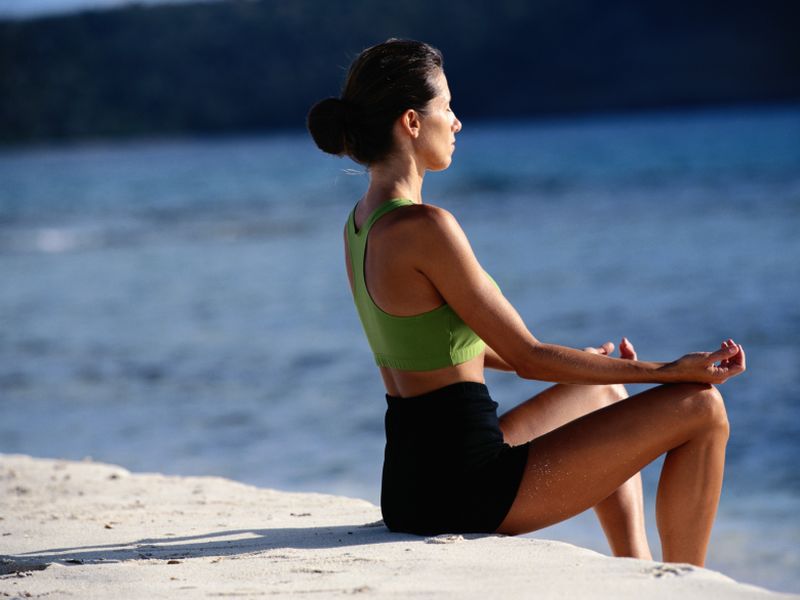


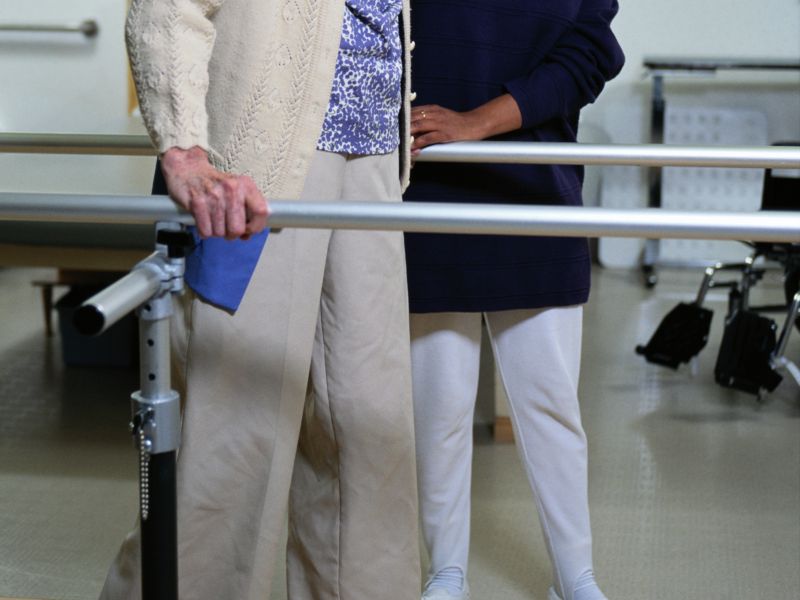
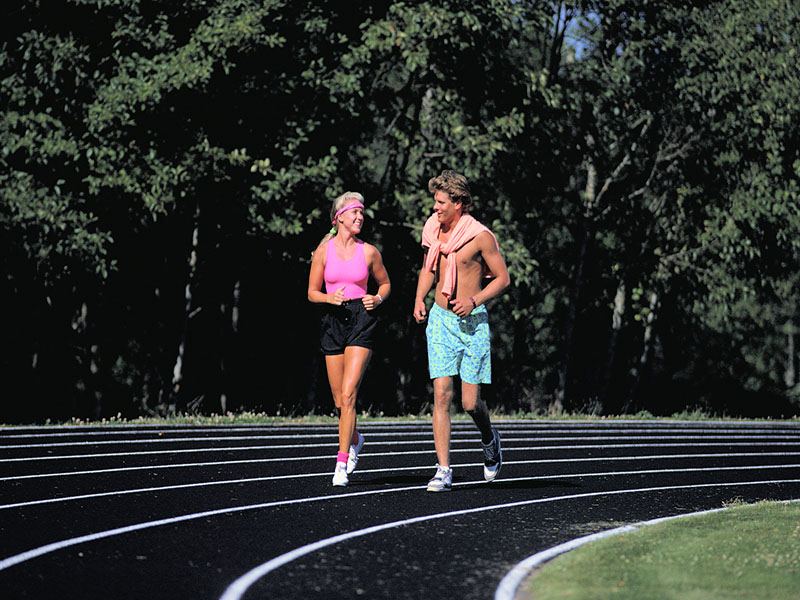
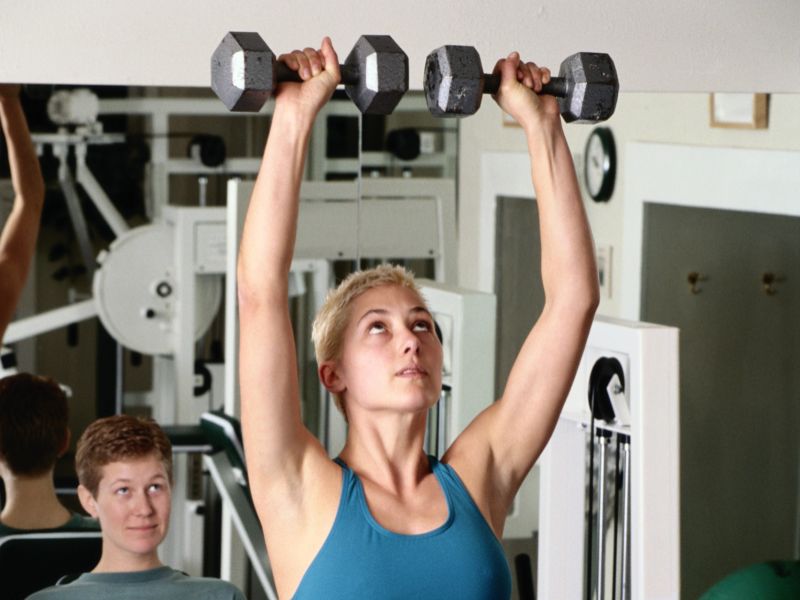


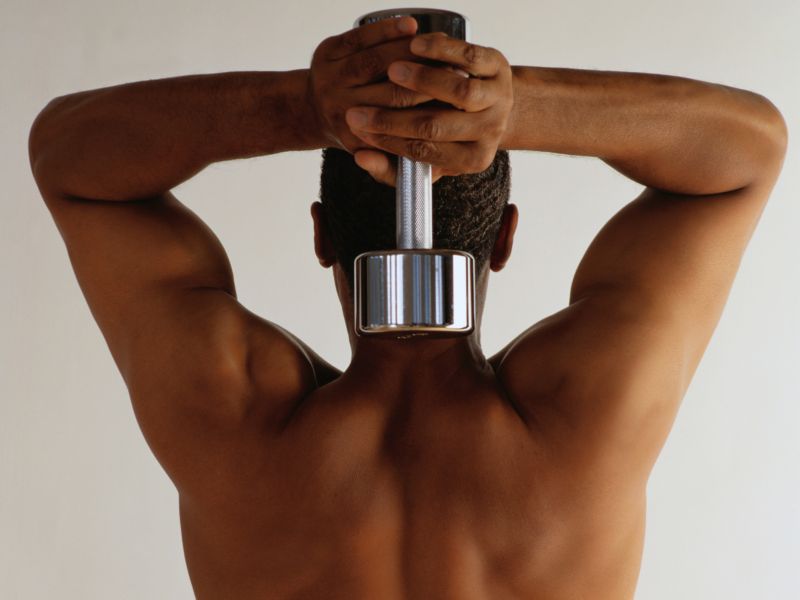







-300x200.jpeg)



